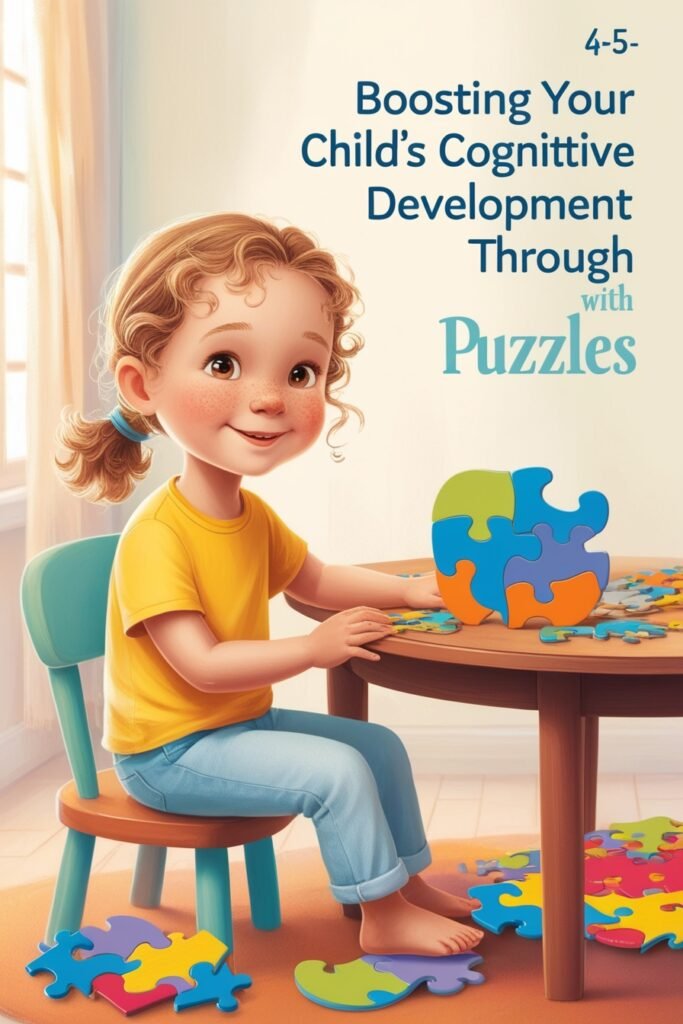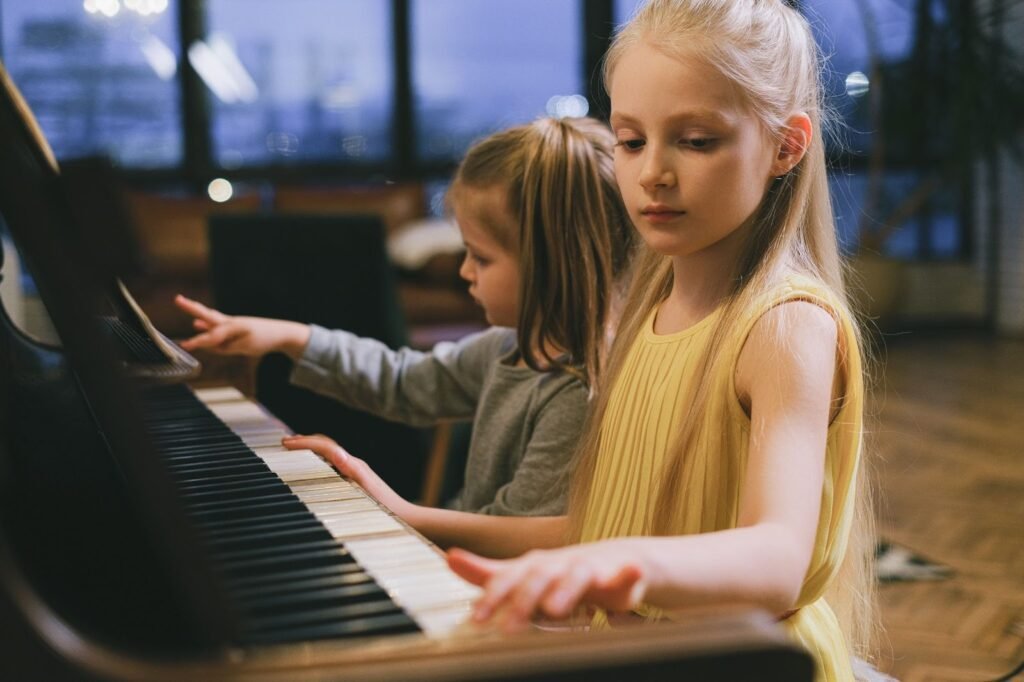As a parent, you’re always looking for ways to stimulate your child’s mind and encourage their growth. You’ve probably tried everything from reading books, playing educational games, and even enrolling them in various enrichment classes. But have you ever considered the humble puzzle? Yes, those jigsaw pieces that when assembled correctly, form a beautiful picture. They might seem simple and even mundane but don’t be fooled – puzzles are an incredible tool for cognitive development in children.
Puzzles have been around for centuries, their origins tracing back to 1760 when British cartographer John Spilsbury created the first jigsaw puzzle. Since then, they’ve evolved into an array of complexities and designs – from simple wooden shapes for toddlers to intricate 1000-piece landscapes for adults.
But why exactly are puzzles so useful? Let’s delve into the science behind it.
1. Building Problem-Solving Skills: Each piece of a puzzle is a tiny problem to solve. Where does it fit? Does the color match? Children learn to strategize as they decide whether to start with the edges or sort by colors.
2. Enhancing Memory: Remember that piece with a bit of blue sky? Now where was it again? Puzzles naturally boost memory recall as children need to remember shapes, sizes, and pieces as they work towards completing the picture.
3. Developing Fine Motor Skills: Those tiny puzzle pieces need careful handling. This helps children develop fine motor skills and hand-eye coordination which are crucial in everyday tasks like writing or buttoning clothes.
4. Boosting Self-Esteem: There’s nothing quite like the sense of accomplishment when that final piece fits perfectly into place. Completing a puzzle can provide a significant confidence boost and instill perseverance in children.
Now let’s take this knowledge off paper and into practice – how can you effectively incorporate puzzles into your child’s routine?
– Start Small: Begin with simple puzzles that match your child’s skill level. Gradually increase the complexity as they get more comfortable.
– Make it a Family Activity: Puzzles are not just for kids. They’re a great way to spend quality family time. Plus, your involvement can motivate your child and make the experience more enjoyable.
– Use Puzzles to Teach: Puzzles come in various themes – animals, shapes, numbers, geography. Use them as a fun tool to teach your child about different topics.
– Celebrate Success: Make a big deal when your child finishes a puzzle. This will encourage them to take on more challenging ones in the future.
So next time you’re looking for an activity that is both fun and beneficial for your child’s cognitive development, consider reaching for that box of jigsaw pieces. It’s not just about creating a picture; it’s about developing young minds.
I’d love to hear from you! Have you tried using puzzles with your children? What was their reaction? Share your experiences in the comments below!



